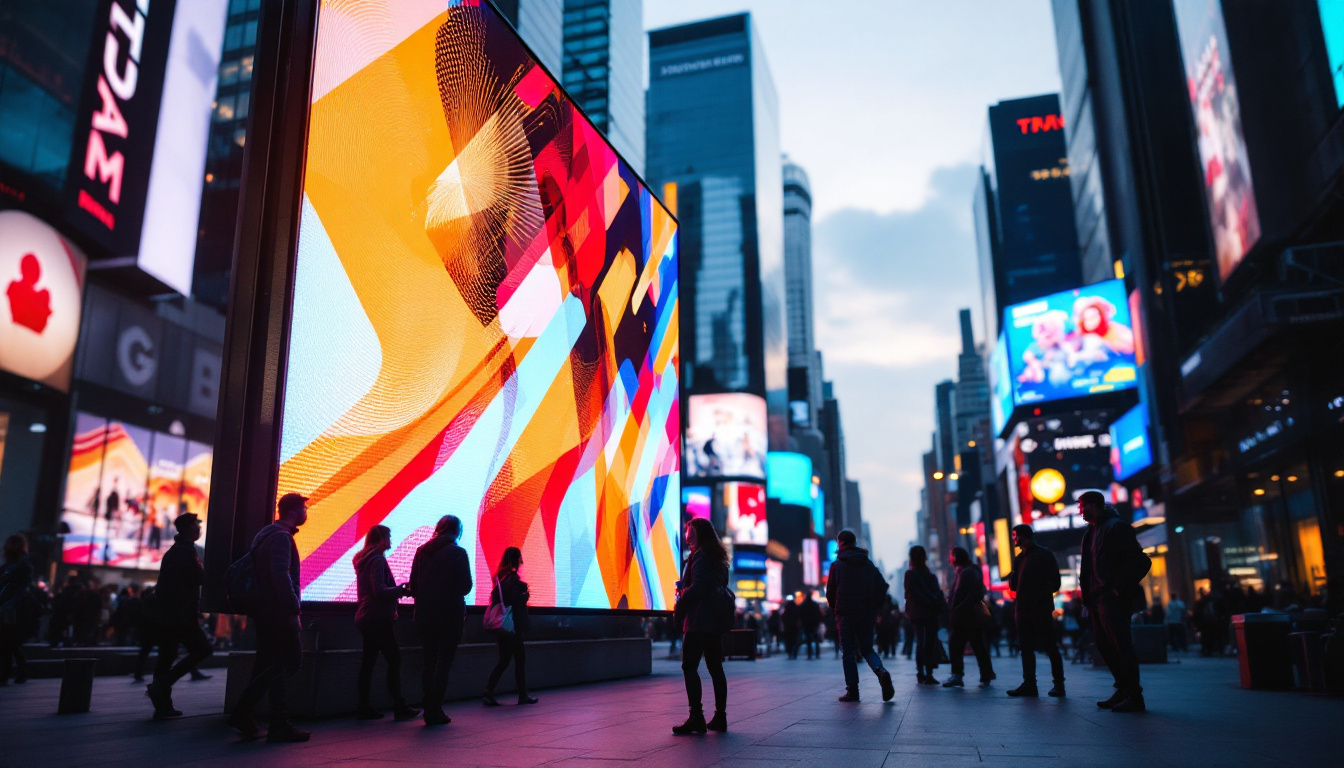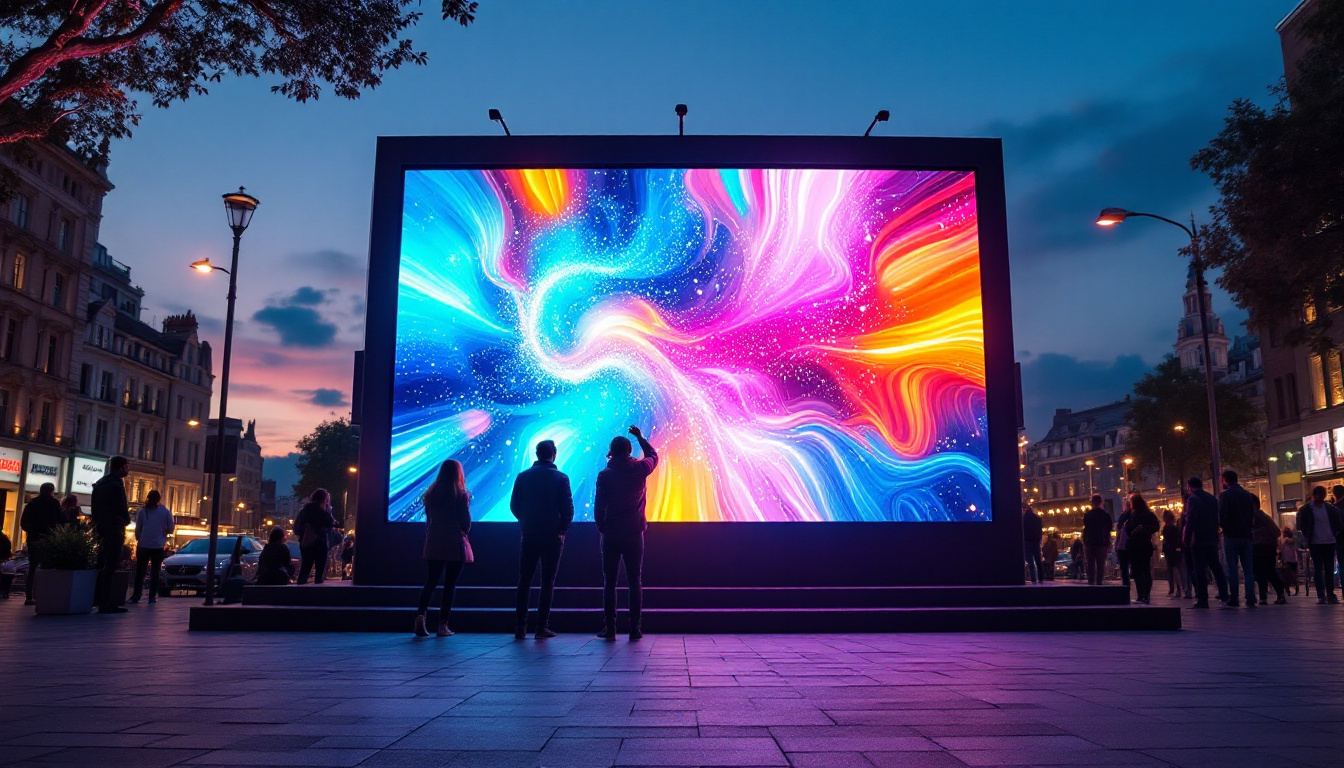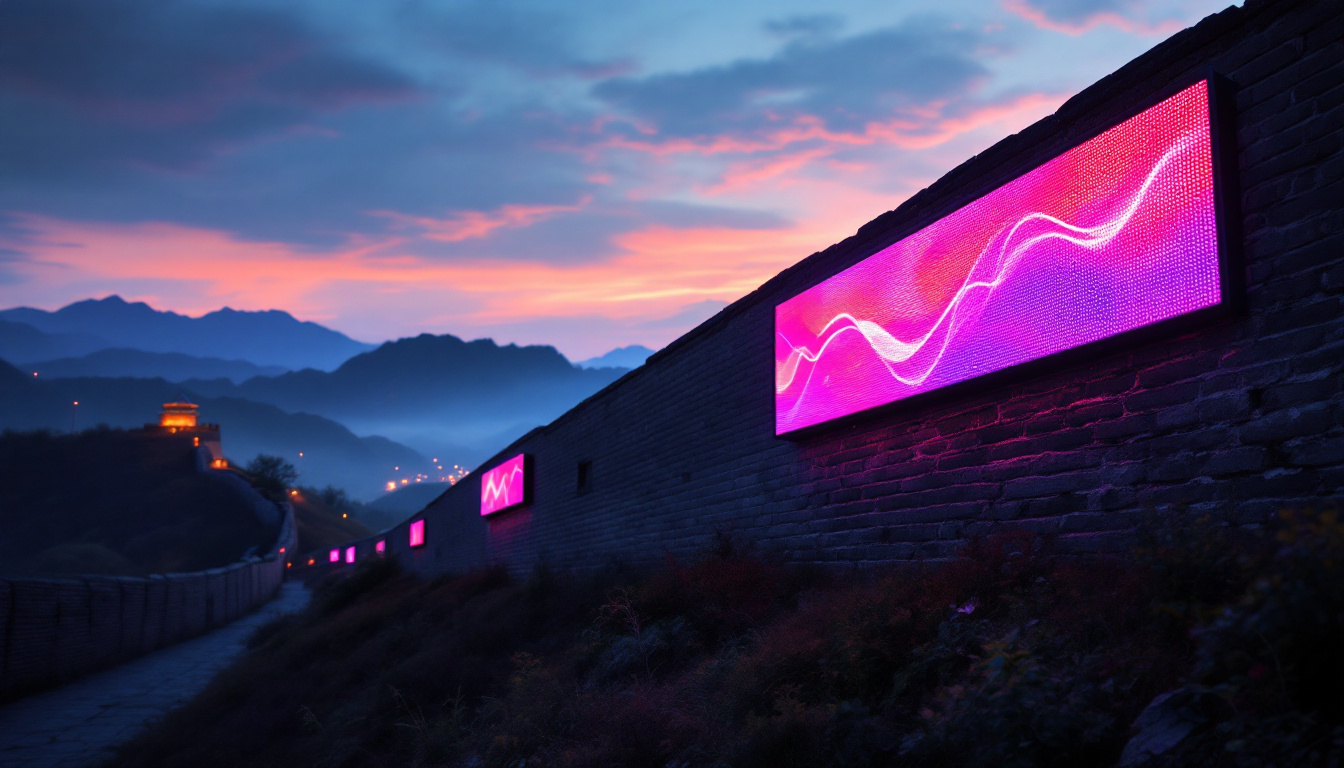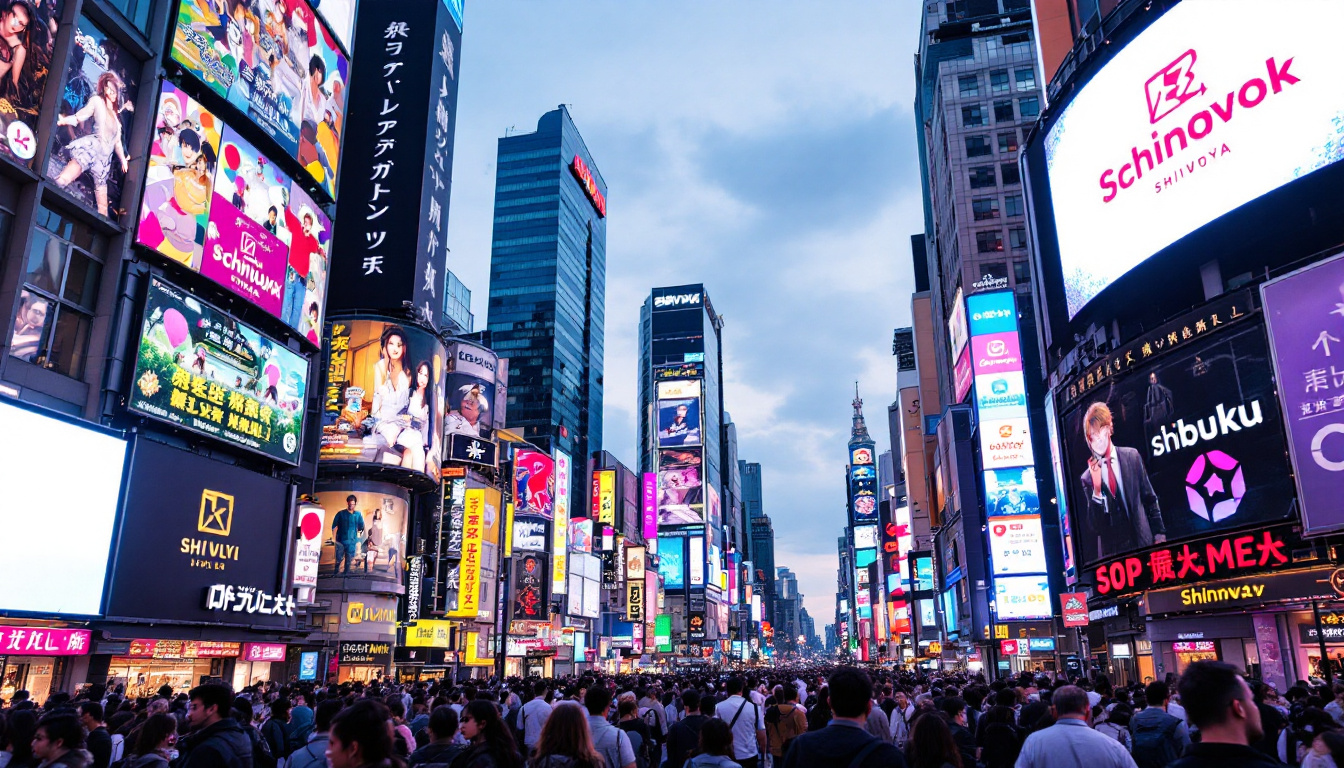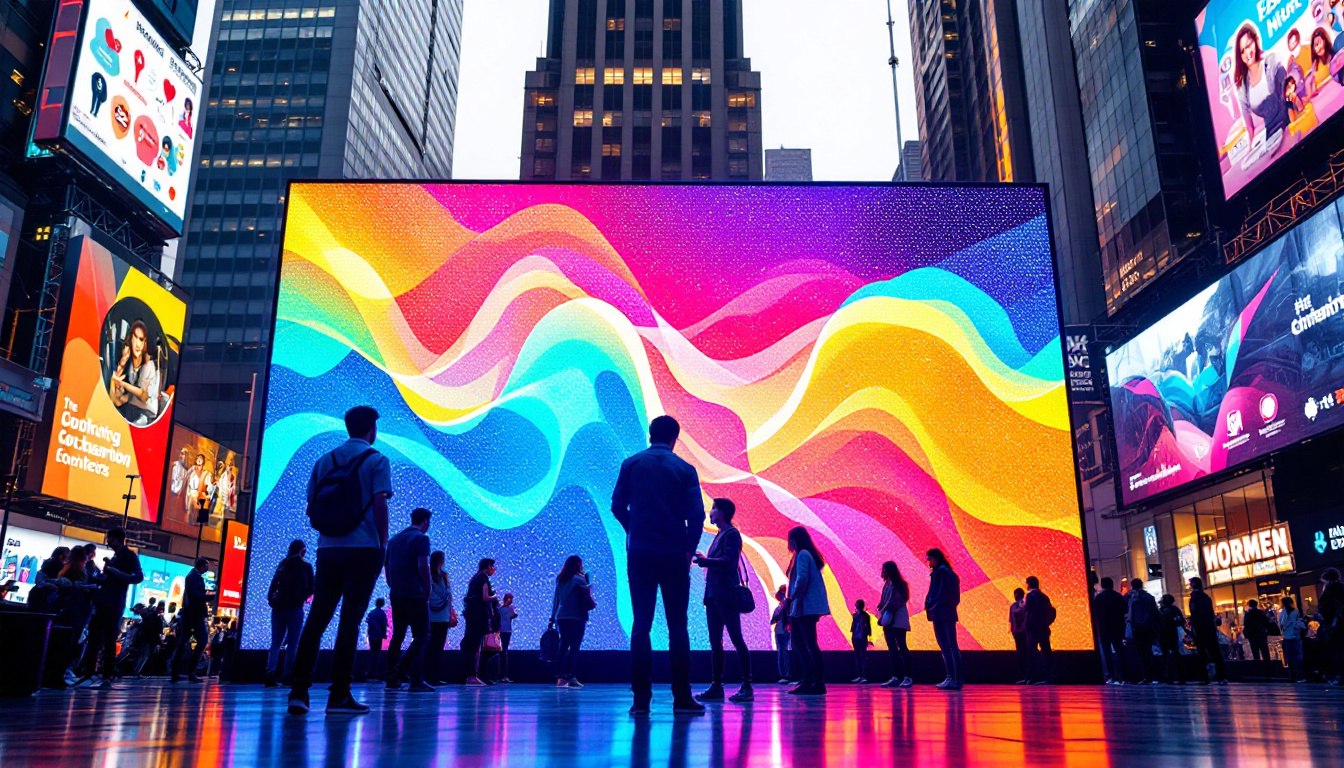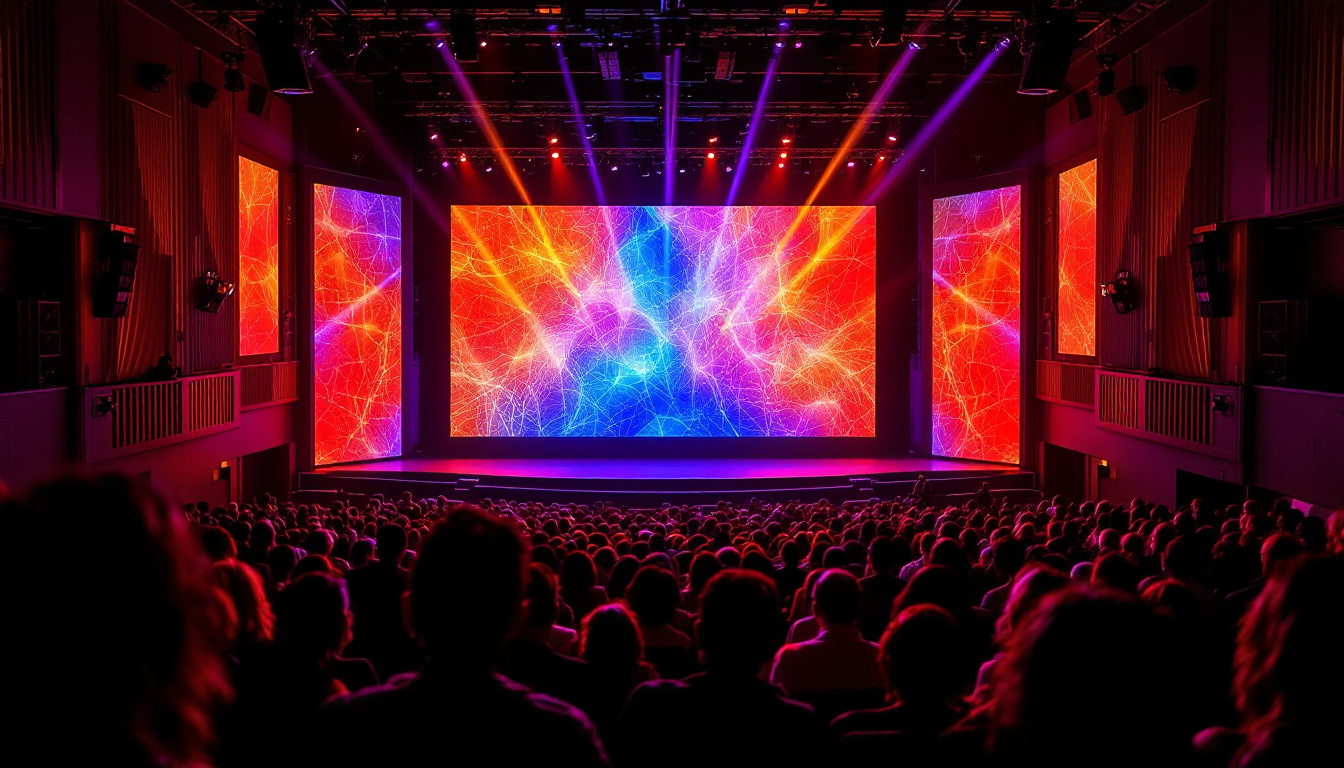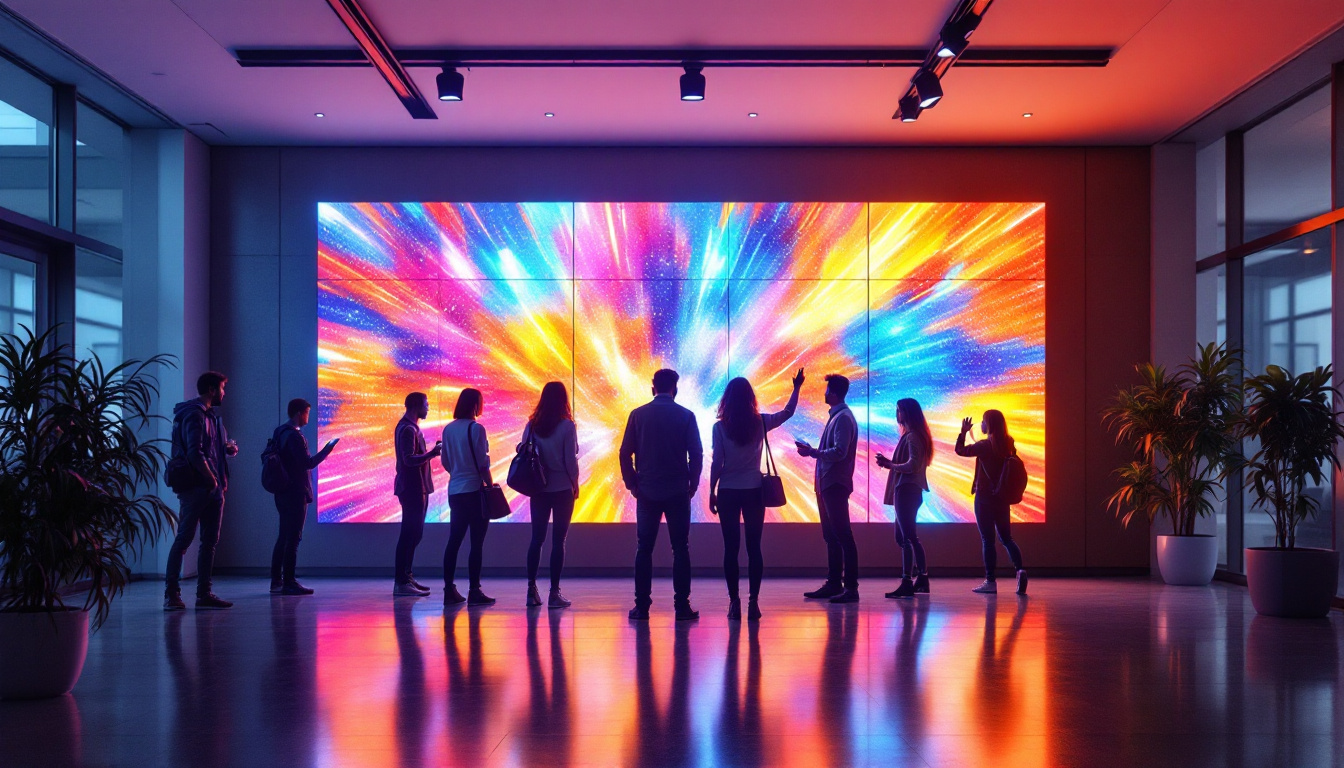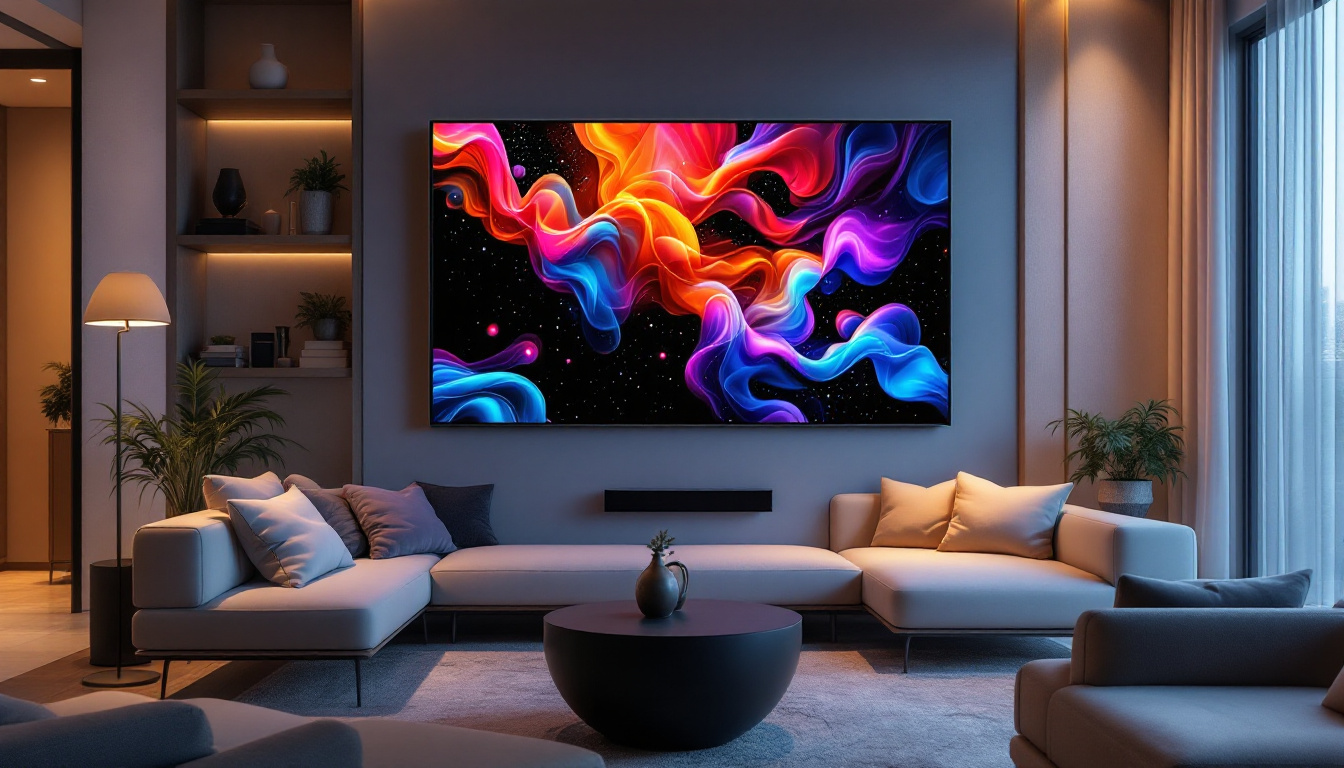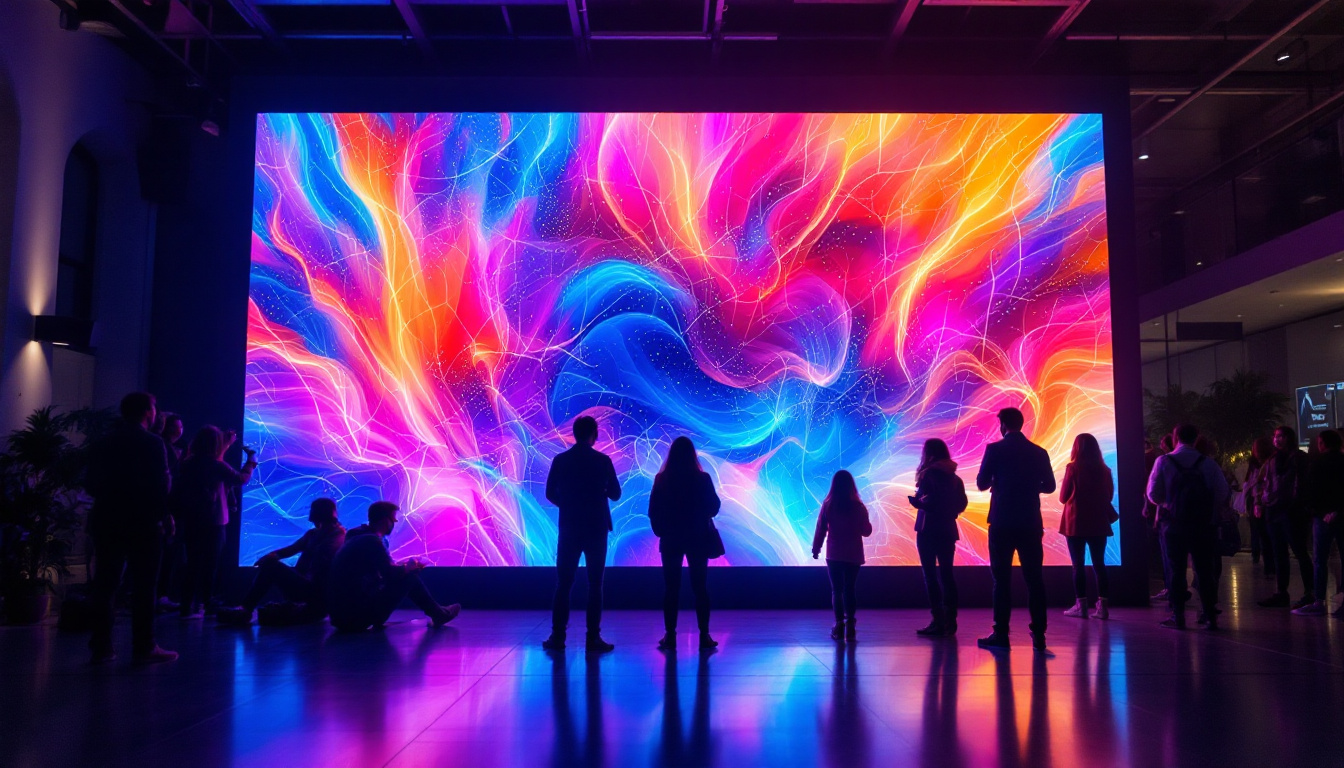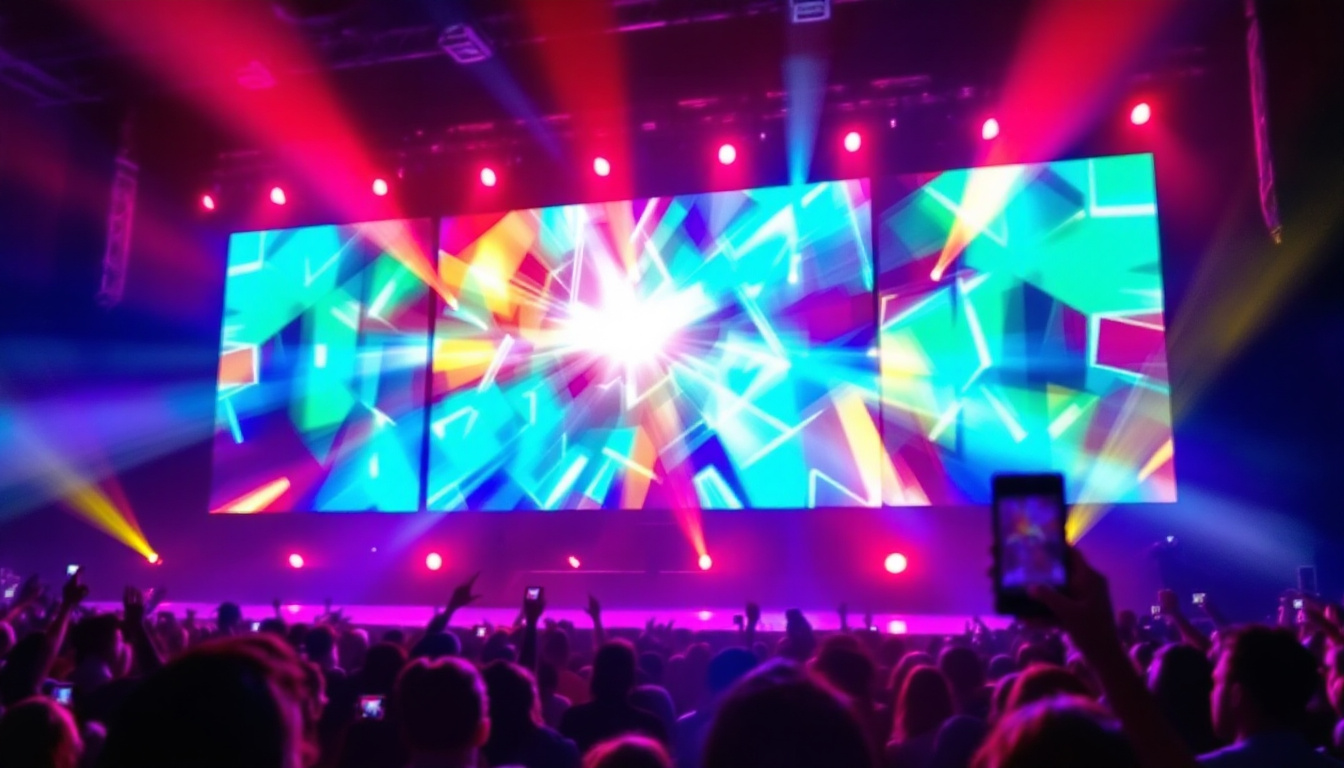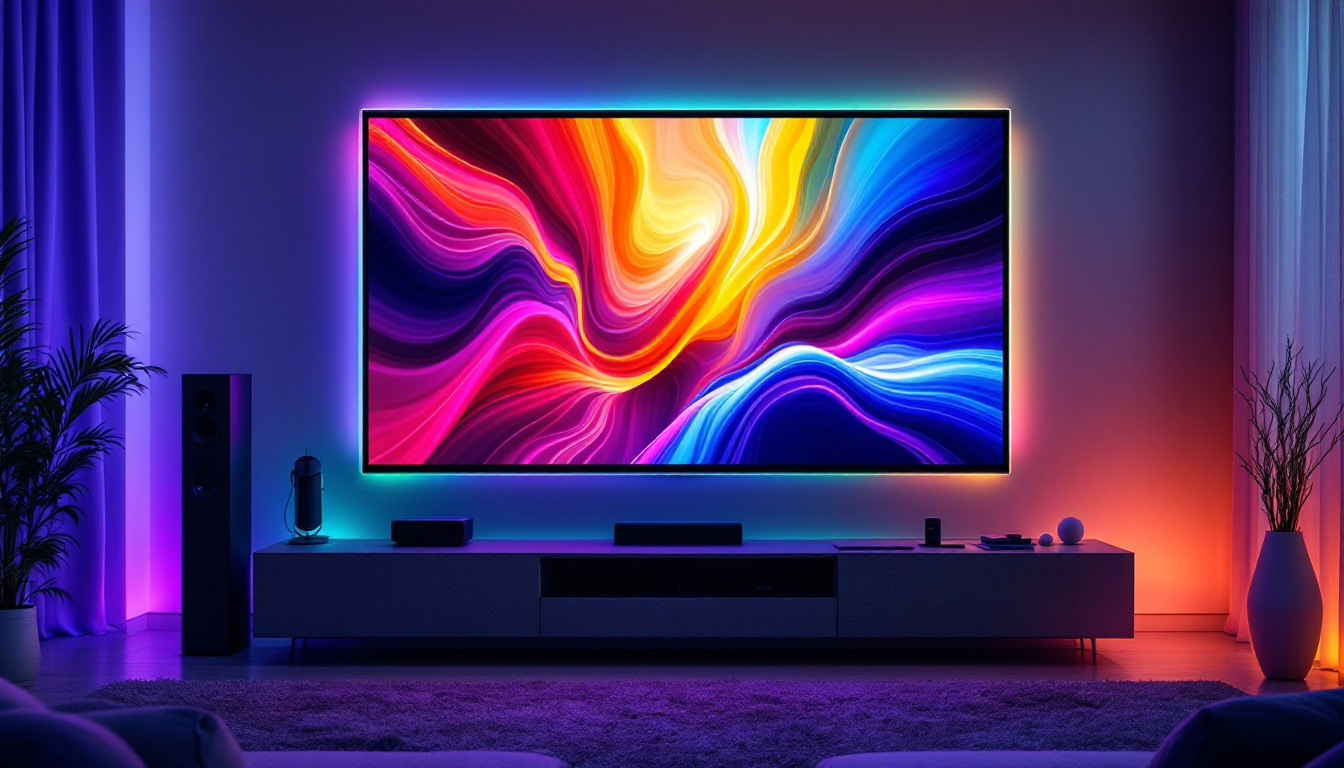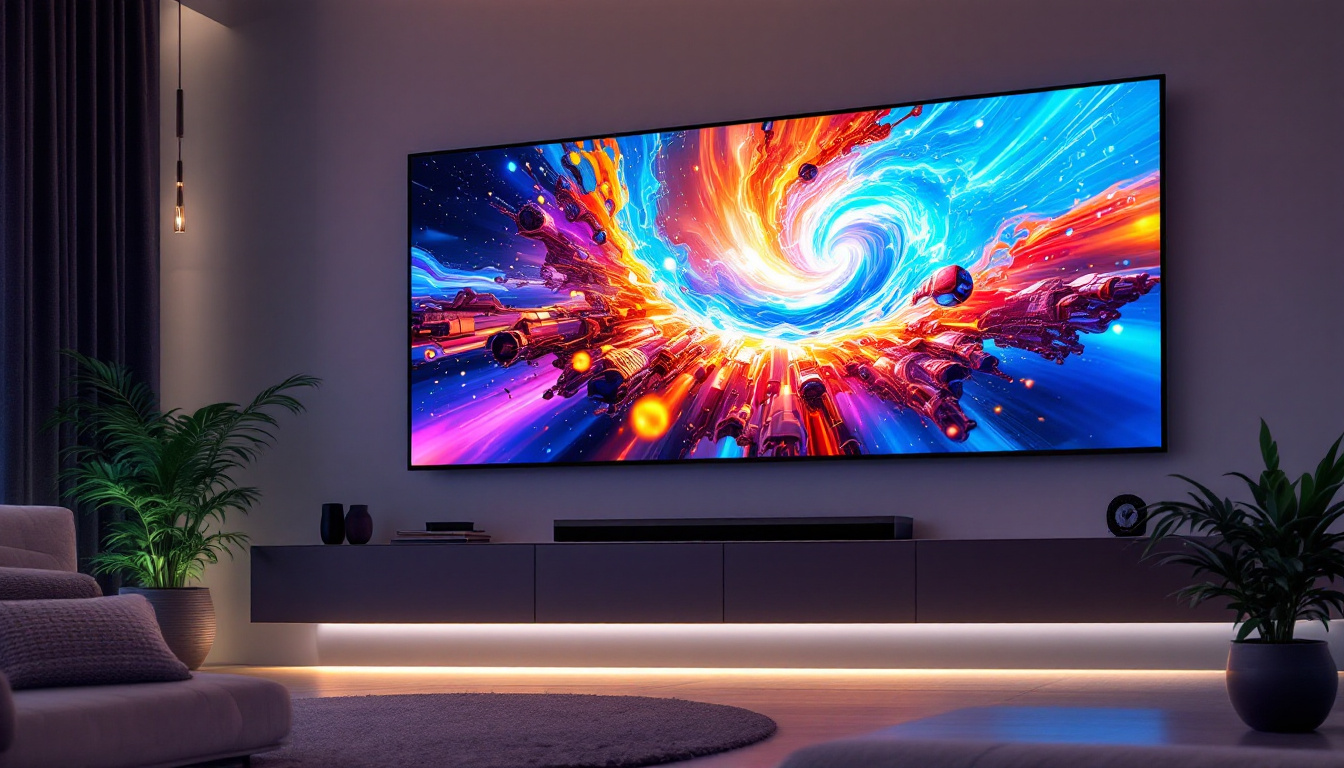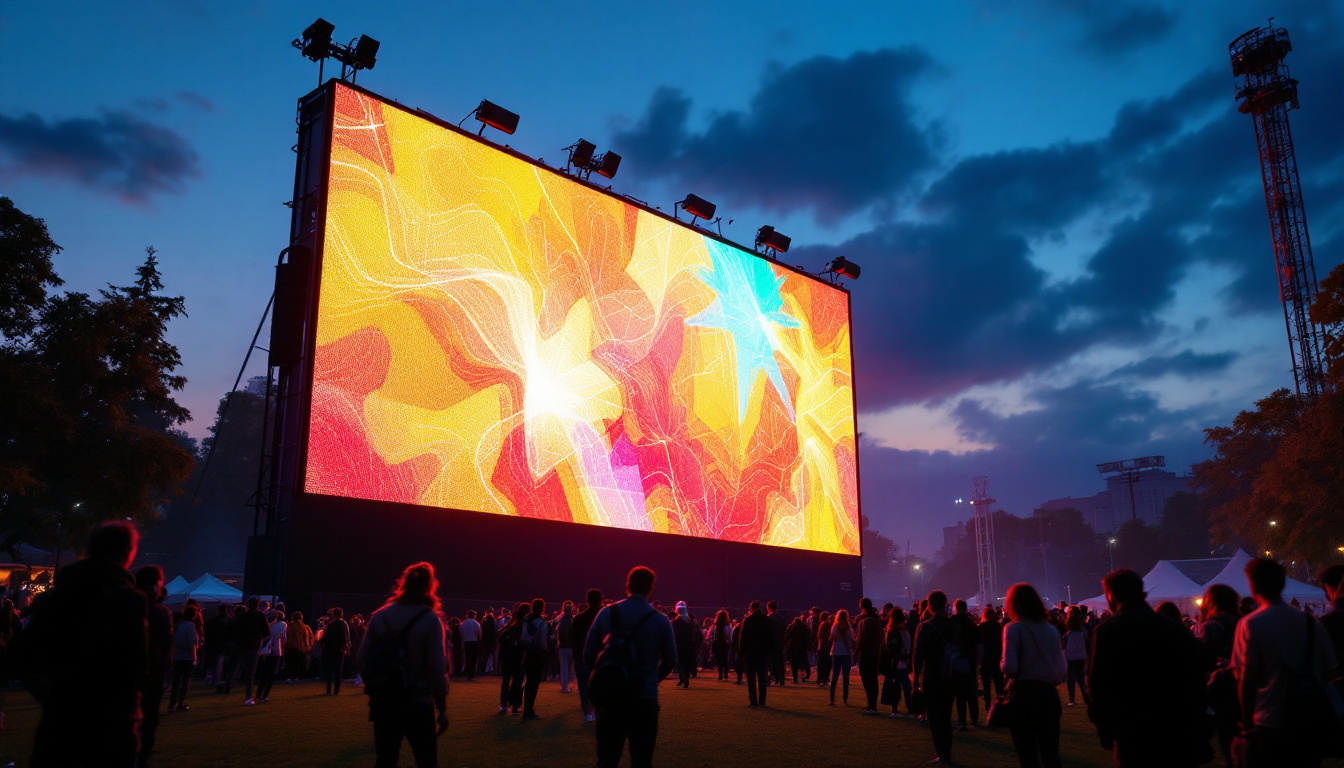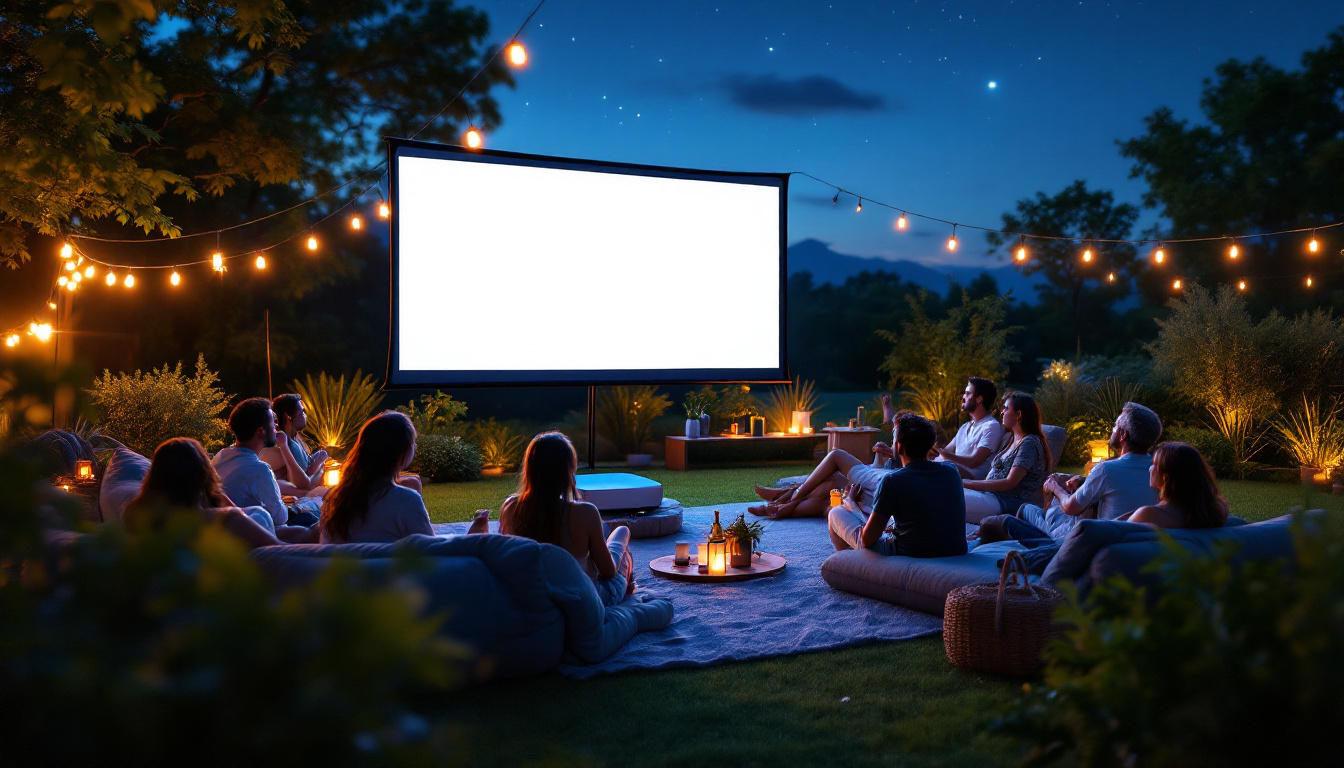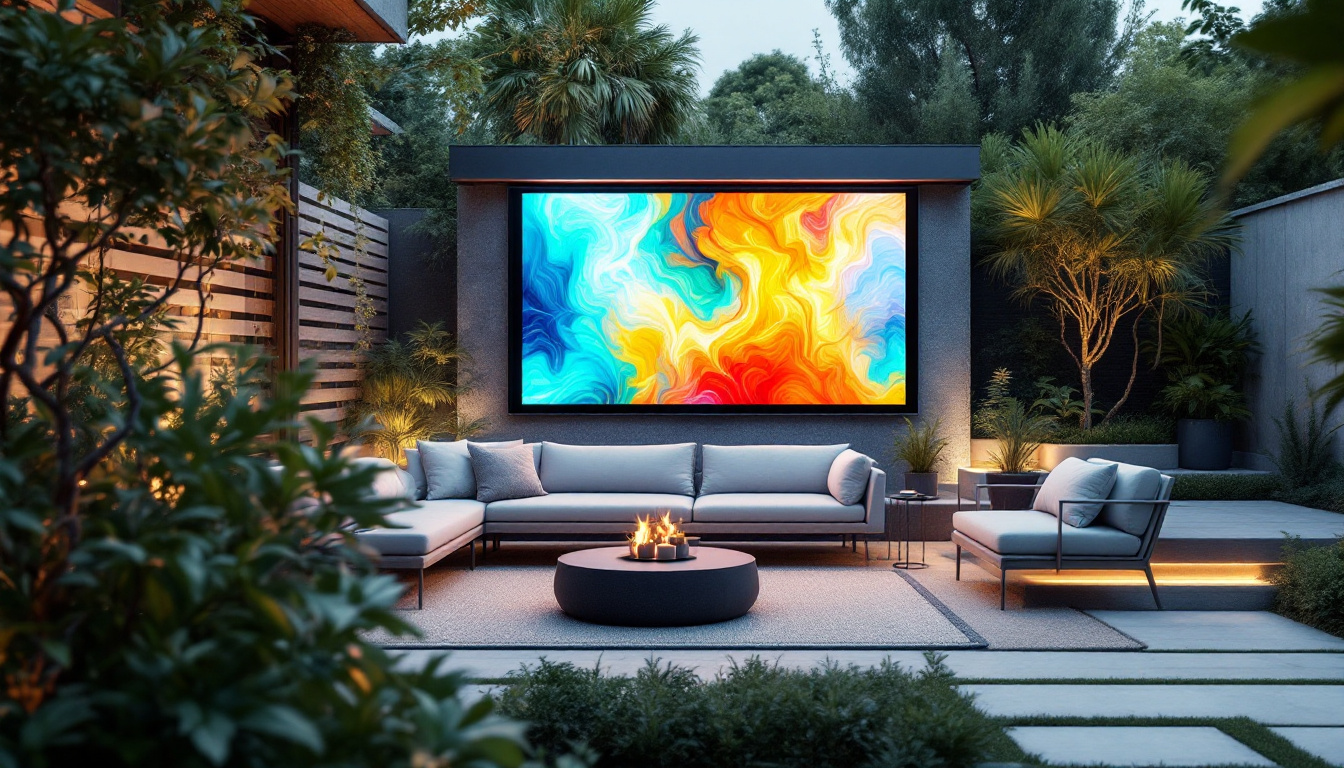Outdoor LED Display Screen: LED Display Explained
In the modern age of advertising and information dissemination, outdoor LED display screens have emerged as a powerful tool for businesses and organizations. These vibrant and dynamic displays are capable of capturing attention and conveying messages in a visually striking manner. This article delves into the intricacies of outdoor LED display screens, exploring their technology, applications, advantages, and considerations for use.
Understanding LED Technology
Light Emitting Diodes (LEDs) are semiconductor devices that emit light when an electric current passes through them. The technology behind LEDs has evolved significantly over the years, leading to the development of high-quality displays suitable for outdoor environments. Originally, LEDs were limited to low-intensity applications, such as indicator lights on electronic devices. However, advancements in materials and manufacturing processes have allowed for the creation of bright, energy-efficient LEDs that can be used in a variety of settings, from streetlights to large-scale advertising displays.
How LEDs Work
LEDs function based on the principle of electroluminescence, where electrons recombine with holes in the semiconductor material, releasing energy in the form of photons. This process results in the emission of light. The color of the light emitted depends on the materials used in the semiconductor and the energy band gap of the material. For instance, using gallium nitride can produce blue light, while gallium phosphide is used for green. This versatility in color production is one of the reasons LEDs have become so popular in various applications.
In outdoor LED displays, multiple LEDs are combined to create pixels. Each pixel is made up of red, green, and blue (RGB) diodes, which can be adjusted in intensity to produce a wide range of colors. By varying the brightness of each diode, the display can create vibrant images and videos that are visible even in direct sunlight. This adaptability also allows for dynamic content, enabling advertisers and event organizers to change messages quickly and efficiently, making LED displays a powerful tool for communication in bustling urban environments.
Types of Outdoor LED Displays
Outdoor LED displays come in various types, each designed for specific applications. The most common types include:
- Fixed LED Displays: These are permanent installations used for advertising, information boards, and event promotions. Fixed displays are often seen in high-traffic areas, such as city squares and stadiums, where they can capture the attention of a large audience.
- Mobile LED Displays: These are mounted on trucks or trailers, allowing for easy transportation and setup at different locations. They are particularly useful for events that require flexibility, such as parades or festivals, where the display can be moved to different vantage points to maximize visibility.
- Rental LED Displays: Designed for temporary use, these displays are often used for events, concerts, or exhibitions. Rental displays are typically modular, allowing for various configurations and sizes, making them ideal for venues that need to adapt to different event layouts.
In addition to these common types, there are also specialized LED displays designed for niche markets, such as sports venues or transportation signage. For instance, LED scoreboards in stadiums not only display scores but can also show instant replays and advertisements, enhancing the overall spectator experience. Similarly, LED traffic signs provide real-time updates on road conditions and alerts, contributing to safer driving environments. As technology continues to advance, the possibilities for outdoor LED displays are expanding, paving the way for even more innovative applications in the future.
Applications of Outdoor LED Displays
Outdoor LED displays are versatile and can be utilized in various sectors. Their ability to convey information quickly and effectively makes them an invaluable asset in numerous fields.
Advertising and Marketing
One of the primary applications of outdoor LED displays is in advertising. Businesses use these screens to showcase their products, services, and promotions in a visually appealing manner. The dynamic nature of LED displays allows for changing content, which can attract more customers compared to static billboards.
Moreover, the ability to display videos and animations enhances engagement, making advertisements more memorable. Companies can also target specific audiences by changing the content based on the time of day or location, maximizing the effectiveness of their marketing campaigns.
Public Information and Notifications
Outdoor LED displays are commonly used by municipalities to provide real-time information to the public. This includes traffic updates, weather alerts, and emergency notifications. By displaying crucial information in a clear and timely manner, these screens help improve public safety and awareness.
Additionally, LED displays can be used in public transport systems to provide arrival times, route information, and service announcements, enhancing the overall passenger experience.
Entertainment and Events
In the entertainment industry, outdoor LED displays play a vital role in enhancing live events. They are often used at concerts, festivals, and sporting events to display live feeds, promotional content, and interactive elements. The large screen size and high brightness ensure that audiences can see the content from a distance, creating an immersive experience.
Furthermore, LED displays can be integrated with sound systems to create a synchronized audio-visual experience, captivating audiences and enhancing the overall atmosphere of the event.
Advantages of Outdoor LED Displays
Outdoor LED displays offer numerous advantages that make them an attractive option for businesses and organizations looking to enhance their visibility and communication efforts.
High Visibility and Brightness
One of the most significant benefits of outdoor LED displays is their high visibility. Unlike traditional signage, LED displays are bright enough to be seen even in direct sunlight. This ensures that messages are conveyed effectively, regardless of the time of day or weather conditions.
The brightness of LED displays can be adjusted automatically based on ambient light, ensuring optimal visibility at all times. This adaptability makes them ideal for outdoor environments where lighting conditions can vary significantly.
Energy Efficiency
LED technology is known for its energy efficiency. Outdoor LED displays consume significantly less power compared to traditional display technologies, such as incandescent or fluorescent lights. This not only reduces operational costs but also minimizes the environmental impact.
Many modern LED displays are equipped with energy-saving features, such as automatic dimming and scheduling, further enhancing their efficiency. As a result, businesses can enjoy lower electricity bills while contributing to sustainability efforts.
Durability and Longevity
Outdoor LED displays are designed to withstand harsh weather conditions, including rain, snow, and extreme temperatures. They are built with robust materials that protect the internal components from moisture and dust, ensuring reliable performance over time.
Moreover, LEDs have a long lifespan, often exceeding 100,000 hours of operation. This longevity reduces the need for frequent replacements and maintenance, making outdoor LED displays a cost-effective investment in the long run.
Considerations for Implementing Outdoor LED Displays
While outdoor LED displays offer numerous benefits, there are several factors to consider before implementation. Understanding these considerations can help organizations make informed decisions and maximize the effectiveness of their displays.
Location and Placement
The location and placement of an outdoor LED display are critical to its success. It is essential to choose a site with high foot traffic or visibility to ensure that the display reaches the intended audience. Factors such as sightlines, distance from the road, and surrounding structures should be evaluated to optimize visibility.
Additionally, the placement should comply with local regulations and zoning laws. Some municipalities have specific guidelines regarding the size, brightness, and content of outdoor displays, which must be adhered to in order to avoid fines or removal.
Content Management
Effective content management is crucial for maximizing the impact of outdoor LED displays. Organizations should invest in content creation and management tools that allow for easy updates and scheduling of messages. Engaging content that resonates with the target audience is key to capturing attention and driving action.
Moreover, it is essential to consider the frequency and duration of content changes. Overly frequent changes can confuse viewers, while static content may lead to disengagement. Striking the right balance is vital for maintaining audience interest.
Cost and Budgeting
Implementing outdoor LED displays involves various costs, including initial purchase, installation, and ongoing maintenance. Organizations should carefully assess their budget and consider the return on investment (ROI) that an LED display can provide.
While the upfront costs may be higher compared to traditional signage, the long-term benefits, such as reduced energy consumption and increased customer engagement, often justify the investment. Conducting a thorough cost-benefit analysis can help organizations make informed financial decisions.
The Future of Outdoor LED Displays
The future of outdoor LED displays looks promising, with advancements in technology paving the way for even more innovative applications. As the demand for dynamic and engaging content continues to grow, manufacturers are exploring new ways to enhance the capabilities of LED displays.
Integration with Smart Technology
One of the most significant trends in outdoor LED displays is the integration of smart technology. This includes features such as remote monitoring, automated content scheduling, and real-time data analytics. By leveraging these technologies, organizations can optimize their displays for maximum impact and efficiency.
For instance, smart LED displays can analyze viewer engagement and adjust content based on audience demographics or behavior. This level of personalization can significantly enhance the effectiveness of advertising campaigns and public information dissemination.
Enhanced Interactivity
As technology continues to evolve, outdoor LED displays are becoming more interactive. Touchscreen capabilities, QR code integration, and augmented reality features are being incorporated into displays, allowing for a more engaging user experience.
These interactive elements not only capture attention but also encourage audience participation, creating a two-way communication channel between businesses and consumers. This shift towards interactivity is likely to shape the future of outdoor advertising and information sharing.
Environmental Considerations
With growing awareness of environmental issues, the future of outdoor LED displays will also focus on sustainability. Manufacturers are exploring eco-friendly materials and energy-efficient technologies to reduce the environmental impact of displays.
Additionally, the integration of solar-powered LED displays is gaining traction, allowing for off-grid installations that further minimize energy consumption. As sustainability becomes a priority for businesses and consumers alike, environmentally conscious LED displays will likely become more prevalent.
Conclusion
Outdoor LED display screens are revolutionizing the way businesses and organizations communicate with their audiences. With their high visibility, energy efficiency, and versatility, these displays offer a powerful medium for advertising, public information, and entertainment.
As technology continues to advance, the future of outdoor LED displays promises even greater innovation, interactivity, and sustainability. By understanding the benefits and considerations associated with these displays, organizations can harness their potential to enhance engagement and drive success in an increasingly competitive landscape.
In a world where attention is fleeting, outdoor LED displays stand out as a beacon of communication, capturing the eyes and minds of passersby and transforming the way messages are delivered and received.
Discover LumenMatrix LED Display Solutions
Ready to elevate your messaging and captivate your audience with unparalleled clarity and vibrancy? Explore LumenMatrix’s comprehensive range of LED display solutions, from the bustling streets to the heart of your next event. As a pioneer in LED display technology, LumenMatrix offers an array of options including Indoor and Outdoor LED Wall Displays, Vehicle LED Displays, LED Poster Displays, and more, all designed to revolutionize visual communication and engagement. Check out LumenMatrix LED Display Solutions today and transform the way you connect with your audience.

